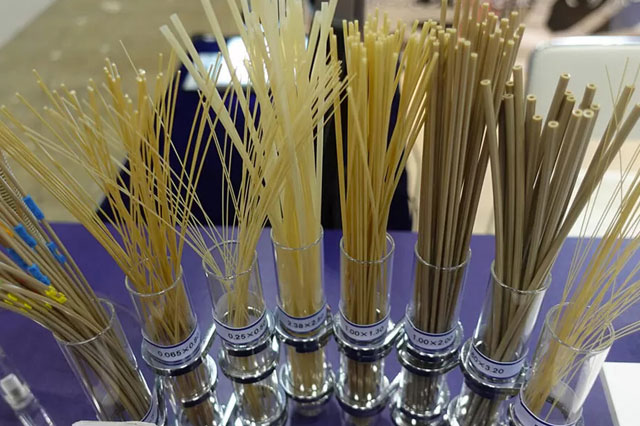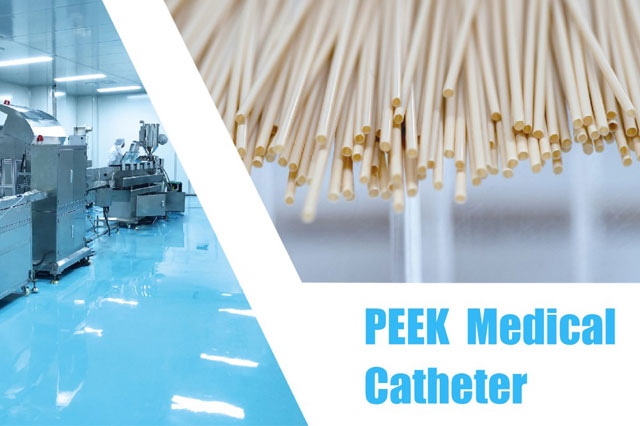In the ever-evolving landscape of medical technology, innovations continue to transform patient care and treatment outcomes. One such groundbreaking advancement is the use of Polyether Ether Ketone (PEEK) in the manufacturing of medical catheters.
PEEK, a high-performance thermoplastic polymer, has gained prominence for its exceptional mechanical and biocompatible properties. The integration of PEEK into medical catheter tubing represents a significant leap forward in enhancing patient comfort, minimizing complications, and improving overall healthcare standards.
Enhanced Flexibility and Durability
One of the key advantages of PEEK catheter tubing lies in its enhanced flexibility and durability. Traditional catheters, often made from materials like PVC or silicone, may lack the flexibility required for certain medical procedures. PEEK, with its unique combination of properties, allows for the creation of catheters that can navigate through intricate pathways within the body with ease. Enhanced flexibility not only minimizes patient discomfort but also lowers the likelihood of complications during catheterization procedures.
Reduced Friction and Improved Lubricity
PEEK’s low coefficient of friction is a game-changer in the world of medical catheters. The smooth surface of PEEK catheters reduces friction during insertion and withdrawal, significantly improving the overall experience for patients. Reduced friction also lowers the likelihood of tissue damage or irritation, contributing to a more seamless and less traumatic catheterization process.

Biocompatibility and Reduced Inflammation
In the development of medical devices, biocompatibility plays a crucial role, and PEEK stands out in this regard. PEEK catheter tubing minimize the risk of adverse reactions, inflammation, or infections, promoting a safer and more reliable patient experience. The material’s compatibility with the human body is particularly advantageous in long-term catheter use, where minimizing complications is crucial for patient well-being.
Radiolucency for Enhanced Imaging
Another noteworthy feature of PEEK medical catheters is their radiolucency, which allows for improved imaging during medical procedures. Traditional catheters made from opaque materials can hinder visibility in imaging studies. PEEK’s radiolucent properties facilitate clear visualization in various imaging modalities, aiding healthcare professionals in the accurate placement and monitoring of the catheter.
Conclusion
The incorporation of PEEK into medical catheters marks a significant achievement in the ongoing pursuit of improved patient care. The material’s unique combination of flexibility, durability, reduced friction, biocompatibility, and radiolucency makes PEEK medical catheters a superior choice in various medical applications.
